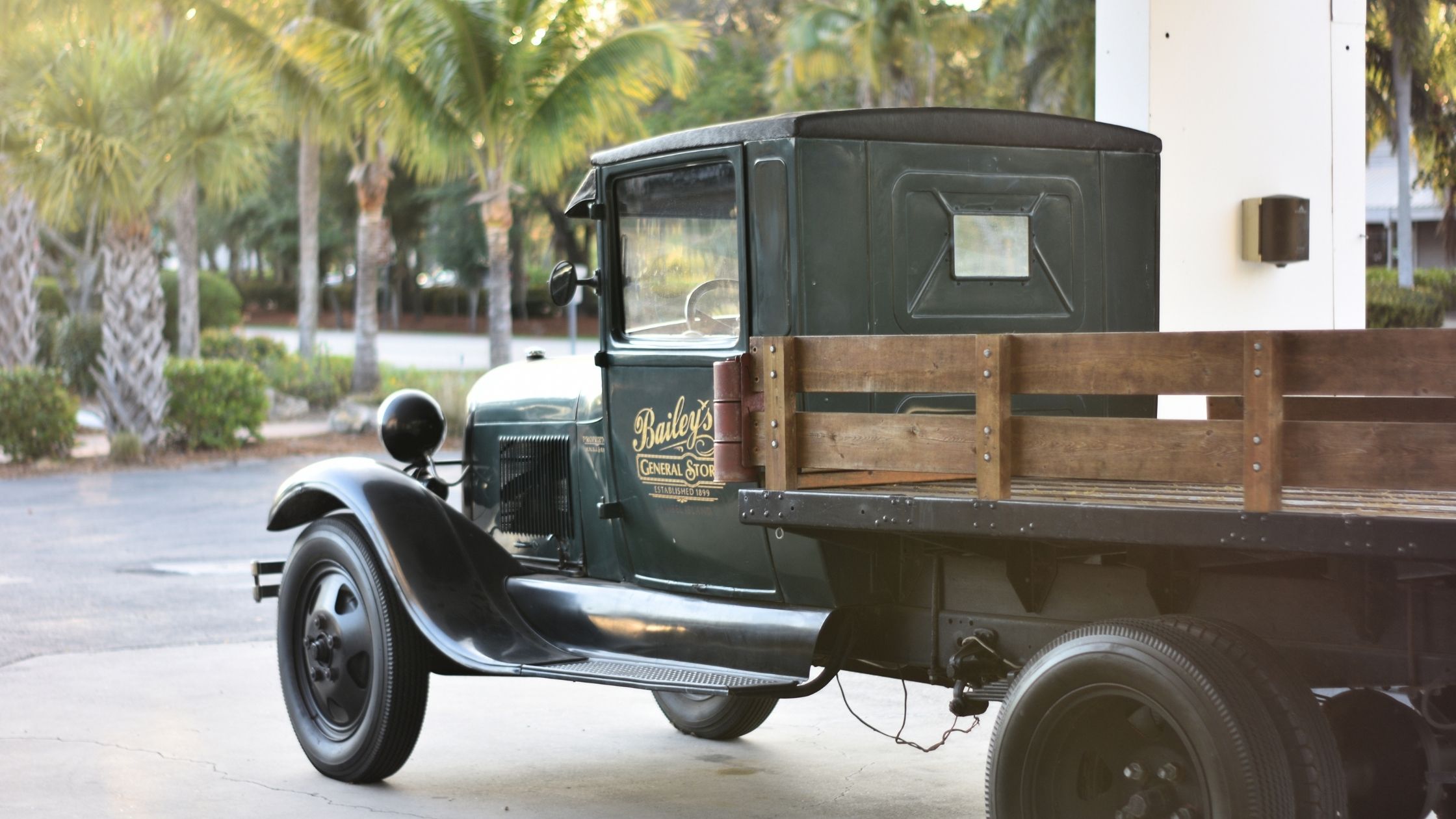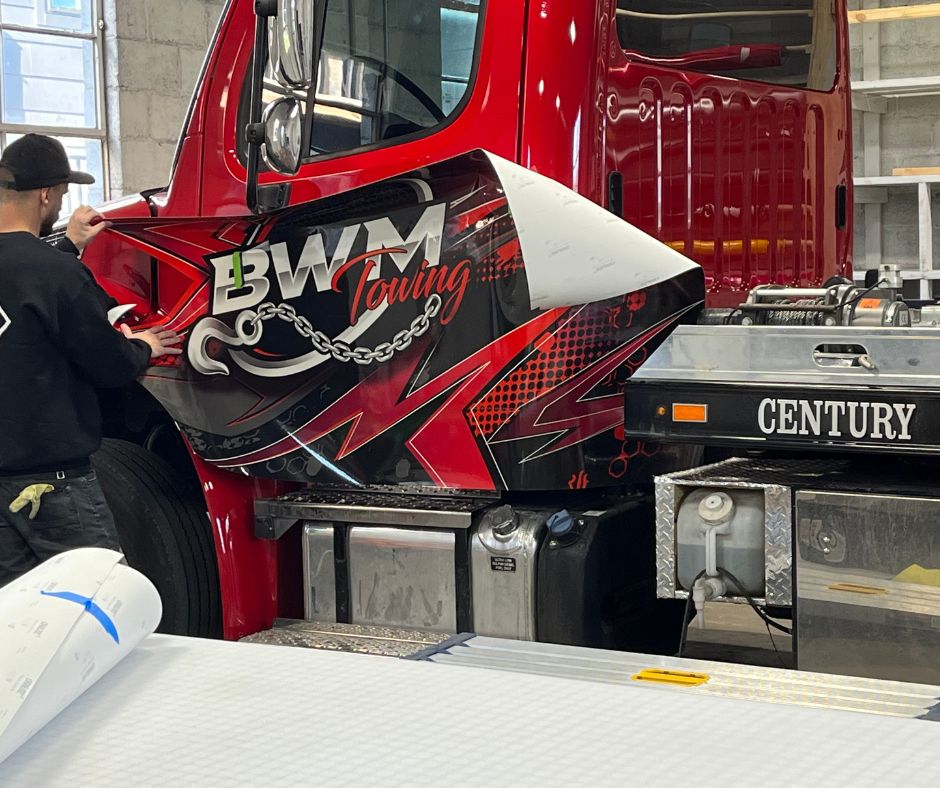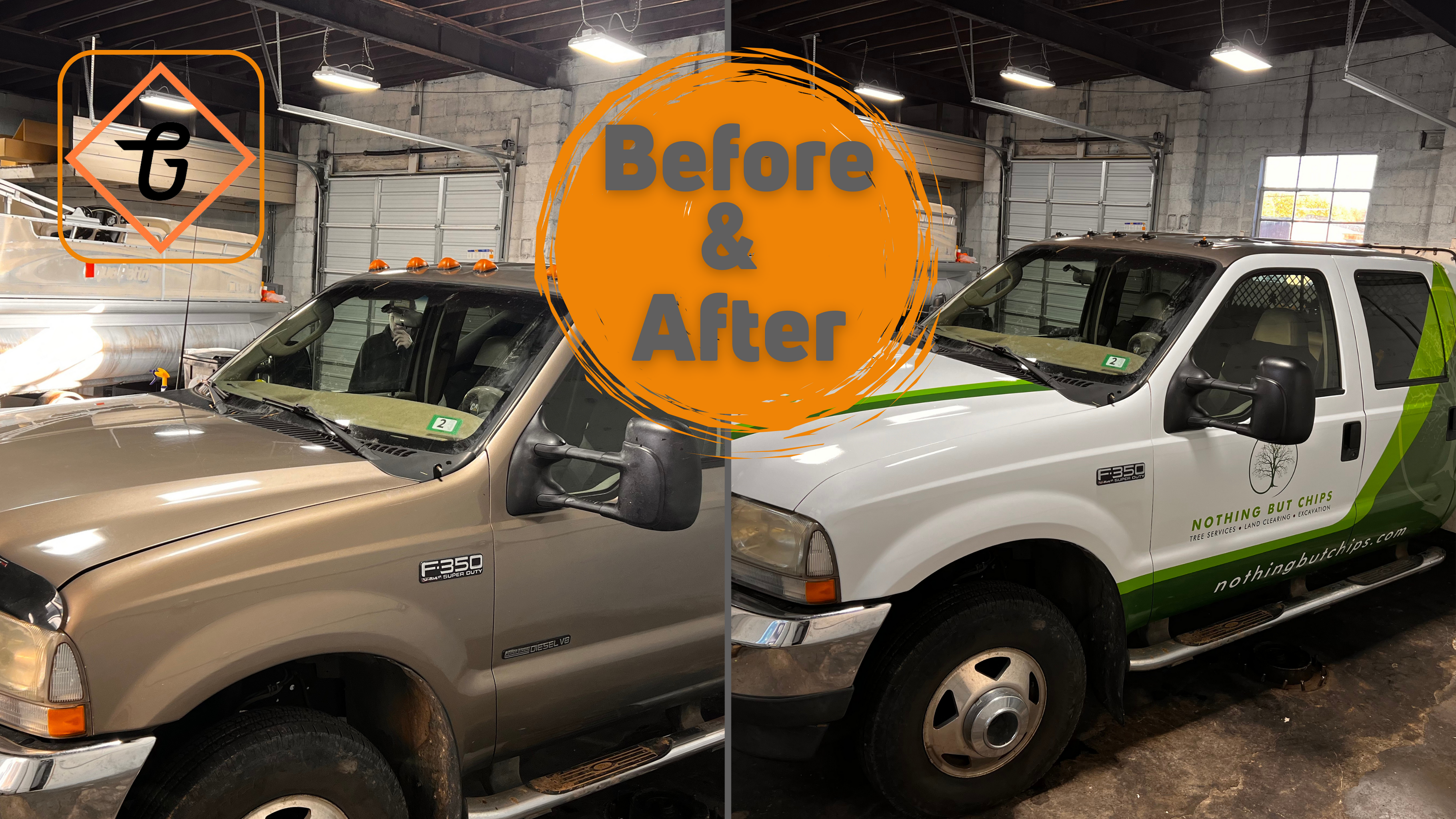Cars and advertising are intrinsically linked, and over the years, vinyl graphics have played a pivotal role in both industries.
Long before digital marketing, social media, and LED billboards, hand-painted signs on vehicles were the norm. But, as businesses grew, so did their need for better and more efficient advertising. Enter adhesive vinyl, which revolutionized the way ads were displayed on vehicles. In this post, we’ll take a ride through the history of vinyl graphics and explore how they have evolved to become an essential tool for car advertising.
Early Beginnings:
Advertising on vehicles has been a practice for over 120 years, from horse-drawn carriages to the first automobiles. However, the traditional methods such as hand-painted signs were limited in terms of customizability and durability.
With the arrival of adhesive vinyl, businesses began to experiment with new designs and methods. Vinyl graphics eventually became a viable alternative with greater flexibility and durability compared to traditional painting methods.
Vinyl graphics started appearing on cars in the late 1950s:
Vinyl graphics allowed businesses to create more eye-catching and innovative designs to add to their advertising arsenal. The ease of application and removal allowed wrapping cars with logos and messages to be a cheaper and more efficient advertising option. Adhesive vinyl also made it easier to calculate advertising budgets as the costs were more streamlined. It was cheaper to make vinyl graphics and easier to install them, allowing the flexibility to change the design quickly.
The Birth of Vehicle Wraps:
In the 1990s, the development of large format printers combined with advancements in vinyl adhesive technology resulted in the birth of vehicle wraps. A vinyl wrap, also referred to as a car wrap or color change, is a full-body cover of a vehicle that acts as a canvas of sorts to display business messaging, advertising, and creative branding. Some early examples of iconic vinyl-wrapped vehicles included the Batman Forever Batmobile and the Hawaiian Punch VW Beetle.
Vinyl in Motorsports:
Vinyl graphics became popular in racing events in the late 1960s. Cars were wrapped with sponsorship logos as a way to advertise during racing events, in a much more visible way than had been seen before. Over time, this led to the broader use of vinyl wraps for show cars and racing liveries. Some of the most notable examples include Gulf Racing’s blue and orange color scheme that still appears on cars today.
Vinyl Graphics in the Modern Era:
In the 21st century, vinyl graphics have become accessible to the masses. Advancements in printing technology permit high-quality graphics and car customization options. People use vinyl wraps to personalize their cars, protect their original paint jobs, and even turn them into mobile billboards. The printed wrap quality helped set vinyl graphics apart even more, and its application technique made it a preferred process. The affordability and flexibility of vinyl wraps make them a wise choice for customizing a car.
Vinyl Advertising Today:
Vinyl graphics continue to be a popular choice in advertising on vehicles, buses, and even planes in the modern era. They are an effective way for businesses to reach a wider audience and spread their message with excellent visual appeal. Vinyl graphics allow for more customization regarding style, design, and messaging than traditional methods. They are a fantastic medium for promoting businesses and events, especially if they require a specific message or Call-to-Action.
Vinyl graphics have come a long way since their earliest use in advertising. In cars and racing events originally, they’ve now become ubiquitous in advertising and personal vehicle customization. It has evolved with time for durability, application, and most importantly, customization. We’ve seen how this versatile material has been used to create iconic vehicle wraps, car displays, and even incredible motorsports livery. The possibilities are endless, and the advantages are too many to count. Vinyl graphics have indeed revolutionized the way that vehicles are used for advertising, and there is still room for growth and innovation in the future.
Ready to turn heads in your vehicle?


